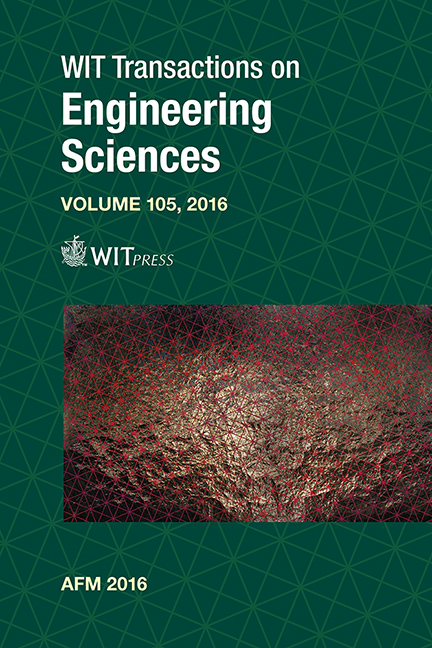Characterizing Drift Velocity For Two-phase Flow Using Particle Image Velocimetry
Price
Free (open access)
Transaction
Volume
105
Pages
11
Page Range
87 - 97
Published
2016
Size
2,023 kb
Paper DOI
10.2495/AFM160081
Copyright
WIT Press
Author(s)
A. A. Araoye, W. H. Ahmed, A. Al Sarkhi, O. Bamidele, H. M. Badr, I. H. Alsurakji
Abstract
Two-phase flow analysis is important in the design of gas and oil pipelines, the design of fuel channels in power generation industries, the prediction of heat transfer characteristics in process equipment, the operation of the gas–oil separation plants in oil production companies, the safe operation of nuclear reactors, the design of thermal desalination processes, and in many other industrial systems. The reliability or failure of these systems depends on the ability to analyze and model these types of flows. Drift velocity is an important parameter for the models used to analyse two-phase flow in vertical pipes and in the oil–water separation processes. Several studies are available for large pipe diameters. However, very few studies have been conducted in small pipe diameters and the effect of liquid phase properties has not been thoroughly investigated. In small pipe diameters, the liquid surface tension can play a significant role in determining the flow behaviour, and consequently the accuracy of the available models and correlations. In this study the drift velocity and the liquid flow characteristics for two-phase slug flow in a vertical pipe are experimentally investigated. Particle image velocimetry (PIV) along with both image pre- and post-processing techniques are adapted to determine the drift velocity, void fraction, and vorticity fields in the liquid phase.
Keywords
two-phase flow, bubbly flow, PIV





